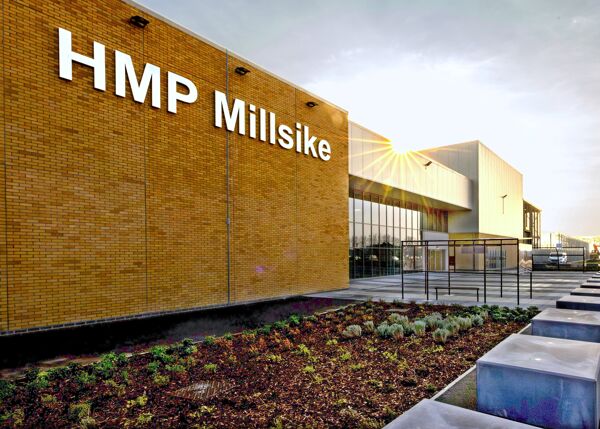
Luas Cross City line is the latest part of the light rail network in Dublin, Ireland. Due for completion in 2017, it will serve a 5.6 km long corridor from the Luas Green line’s central terminus at St Stephen’s Green to Broombridge railway station in the north west.
This is the largest utility diversion works contract ever undertaken in Ireland. It involved reconstruction of 42 deep drainage manholes, re-lining 1.8 km of Victorian sewers with glass-reinforced plastic, diverting 10.7 km of polyethylene water and gas mains and re-routing 26.8 km of electricity and communications cables.
Employer Transport Infrastructure Ireland (TII) let the diversion works to contractor GMC Utilities Group Limited under an NEC3 Engineering and Construction Contract (ECC) option C (target contract with activity schedule). Work started on site in October 2013 and was substantially completed in December 2015, only a month later than originally planned despite extensive changes.
Shared problem solving
Project manager Aidan Foley says "Utility diversion contracts on the scale of the Luas Cross City can be notoriously difficult to design, manage and control. We found that NEC, with its emphasis on shared problem solving, transparent administration of compensation events and prompt fair and reasonable payments to the contractor, contributed greatly towards the successful completion of this project. I would highly recommend it use on all similar projects in the future".
GMC director Jim O’Gorman comments "Whilst this was our first project to use NEC, we found the base principles and logic of the contract very easy to adapt to. The site management team believed that the policy adopted by both parties of highlighting internal and external risks at an early stage was beneficial to all involved."
"In particular, the benefit of early engagement on operational and commercial issues meant that historical arguments experienced with other forms of contract were minimised greatly and conflict on what was a high-pressure project was minimised" says O’Gorman.
Reasons for using NEC
Foley says TII used all necessary resources at the outset to develop and implement a client design which was to the greatest extent possible robust and accurate: "It was nevertheless recognised at pre-tender stage that it was not possible, given the accuracy of available utility service records and the likely extent of unforeseen sub-surface obstacles, to provide a design that would remain relatively unchanged over the course of the works. We anticipated from previous experience that design changes and associated contractor time and money claims would be inevitable and extensive."
"We felt that other forms of contract, with their emphasis on significant risk transfer to the contractor and history of adversarial relations on site, would not be best suited for delivery of this project on an effective and fair basis. ECC option C, with its emphasis on risk sharing, collaborative working, gain/pain sharing and open-book accounting, was therefore chosen as the most appropriate form of contract to manage a project of this nature with the scale of change anticipated" says Foley.
Over 3000 changes
After the contract was let in 2013, TII and GMC were co-located in a single project office with additional co-located site offices to help foster a "spirit of mutual trust and cooperation" between the parties as required by NEC. Over the next two years, the substantial variations anticipated pre-tender were realised, with over 3,000 changes instructed for which the contractor was entitled to claim time and money.
According to Foley "Normally this level of change on a contract would result in adversarial relations on site and a loss of focus on the efficient delivery to the project. In this case it did not arise, as all of the advantages envisioned in using NEC materialised."
"The early warning mechanisms allowed us to anticipate necessary changes to the design and plan accordingly.The open-book accounting allowed TII to verify our estimates both in time and money, ensuring that the target cost was increased by an agreed amount and all extensions of time where justified was awarded promptly" says Foley.
"The contract payment mechanism also ensured we were always paid our reasonably incurred costs for the preceding month and month forecast. This, combined with early resolution of compensation events and the collaborative approach advocated by NEC, ensured both we and the contractor could concentrate exclusively on problem resolution and effective delivery of the project" concludes Foley.
Benefits of using NEC
- ECC option C enabled Ireland’s largest ever utility diversion project to be successfully and efficiently delivered despite numerous unforeseen sub-surface problems
- Over 3000 changes were agreed through NEC’s transparent administration of compensation events without creating an adversarial relationship on site or a losing efficiency of delivery
- The contract’s emphasis on collaboration, shared problem solving, risk sharing and prompt payments contributed greatly towards successful completion
- NEC principles and logic were easy to adapt to, while highlighting internal and external risks at an early stage was beneficial to all involved




